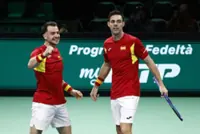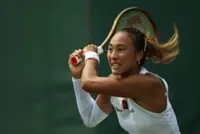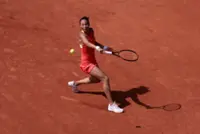Golfer’s elbow is caused by repetitive twisting motion of the wrist, which affects the forearm muscles, like in this golf swing. — AFP
In young children and toddlers, nursemaid’s elbow is a common injury that occurs when a child is yanked too hard by his hand or wrist.
It may happen when someone lifts a child up by one arm, for example, when trying to carry the child over a curb or high step.
Already a subscriber? Log in
Save 30% OFF The Star Digital Access
Cancel anytime. Ad-free. Unlimited access with perks.





